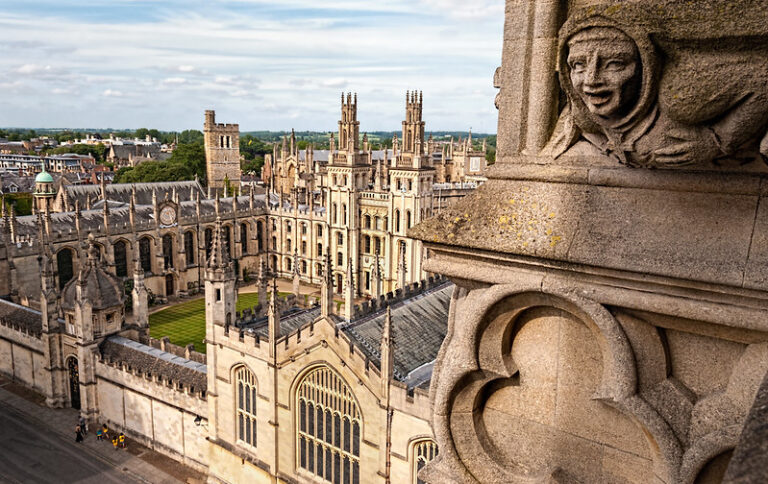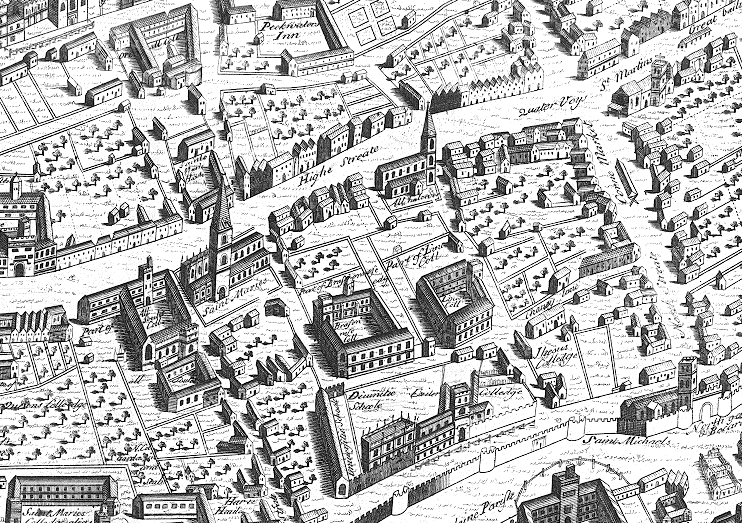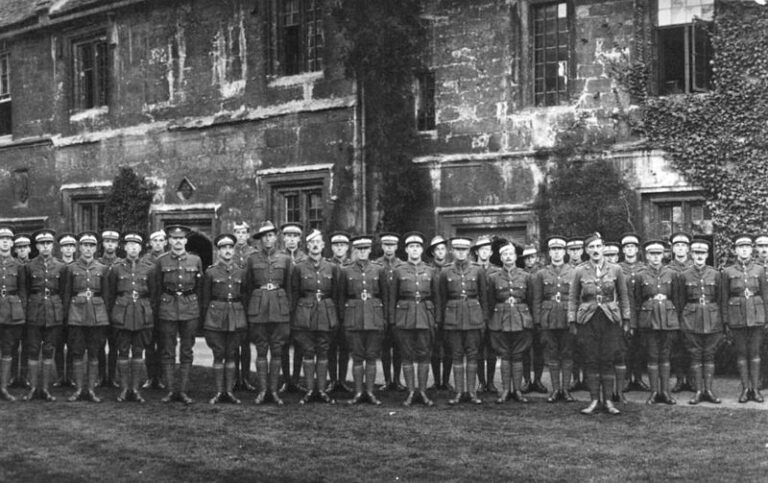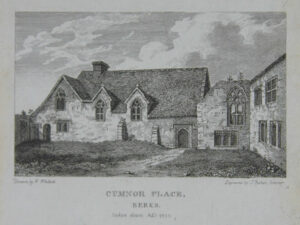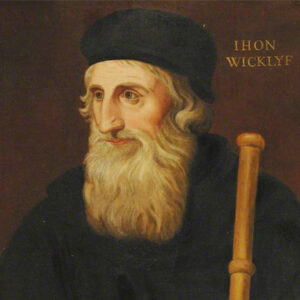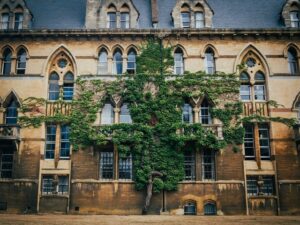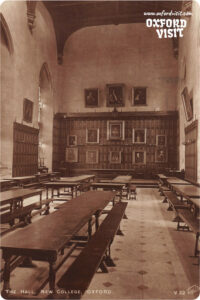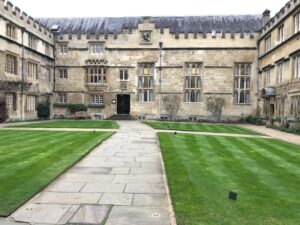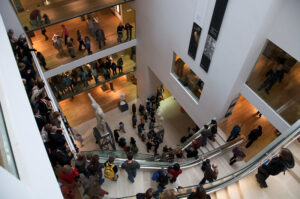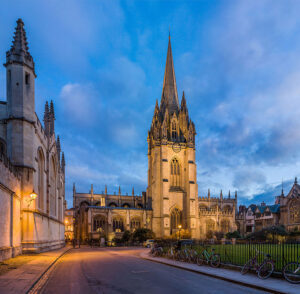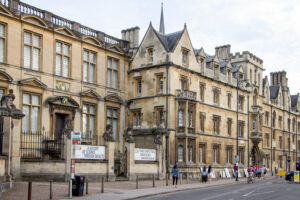The University of Oxford has a rich history dating back to the year 1096. It’s actually the oldest university in the English-speaking world! As expected, a lot has happened during its thousand years of existence. So let’s go through some of the most relevant events through the history of Oxford – and a few curious occurrences you’ll probably find interesting.
It All Begins in... 1096
There is evidence of teaching happening at Oxford, in some shape at least, since the year 1096. The University doesn’t have a clear foundation date, but we know medieval scholar and theologian Theobald of Étampes lectured at Oxford in the 1100s. It’s also not known when Oxford became a University – but it must have been around this time. We do know, however, that Oxford evolve from a group of Masters and students that resided in the city. The academic society they created (a sort of studium generale) mirrored those of other centres of learning such as Paris and Bologna. Studia generalia provided instruction in seven liberal arts: Grammar, rhetoric, and logic (or the trivium), geometry, arithmetic, music, and astronomy (or the quadrivium).
A Murder Happens, a Chancellor is Appointed at Oxford (1214)
In 1214, the Scholars and Masters at Oxford were placed under the jurisdiction of a Chancellor, who had been appointed by the Bishop of Lincoln. This was actually an office created under the terms of a papal legate award. Nicholas Cardinal Bishop of Tusculum settled a dispute with the townspeople after two students were hanged for being deemed complicit in murder. The incident resulted in the schools closing and the scholars left in protest. After 1214, Oxford became a corporate body, distinct from its members. The term “universitas” (referring to a body of persons) was first applied to the Masters of Oxford in 1216.
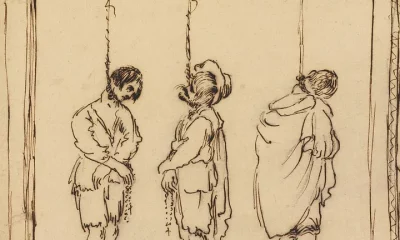
Oxford University Gets a Royal Charter (1248)
The University of Oxford was granted a Royal Charter during the reign of King Henry III, in 1248. Henry III, also known as Henry of Winchester, was particularly supportive of the mendicant orders (those that had adopted a lifestyle of poverty and living in urban areas to evangelize and preach to the poor) and of the Teutonic Order. He paid special attention to the universities of Oxford and Cambridge. For example, the King encouraged scholars to migrate from Paris and teach there.
The 'Great Migration' to Oxford and the First Colleges (1249)
Soon after King Henry III gave Oxford a Royal Charter, many members of religious orders (Dominicans, Carmelites, Franciscans, and Augustinians) also settled in Oxford and began maintaining houses or halls for students. In 1449, William of Durham endowed University College, and John Balliol, Balliol College. Another founder was Walter de Merton (afterwards Bishop of Rochester) who established Merton College. During the 13th century, the city saw the founding of many primitive halls of residence and the first colleges, which were under the supervision of a Master.
The Enlightenment & The Reformation (15th Century)
Although the Reinassance greatly influenced the University of Oxford and its scholars (for example, William Grocyn revived Greek language studies and John Colet biblical theology), the English Reformation and the breaking with the Roman Catholic Church caused a sort of decline in Oxford’s reputation around the Age of Englihtment. The Reformation and the changes of the mid-sixteenth century had a great influence on Oxford colleges. Many chapels lost their altars, organs, vestments, and ornaments. Several manuscripts were also withdrawn from the university libraries and many schools abandoned religious studies in favour of legal lectureships.
Oxford Martyrs Burned at the Stake (1555)
Hugh Latimer was seventy when he was sent to burn at the stake. He was a former Bishop of Worcester and an influential chaplain at Edward VI’s court. Ridley, in his fifties at the time of his death, had been Bishop of London and an outspoken supporter of Lady Jane Grey (opposer of ‘Bloody’ Mary). Latimer and Ridley were moved to the prison in Oxford where they had the chance to defend their beliefs. They were tried for heresy in September, but there was very little doubt of the verdict. They were both burnt in what is now a cross in the road in Broad Street.
Royalist Oxford and the Three Sieges (1644-46)
The siege of Oxford was a series of campaigns waged to besiege the Royalist-controlled Oxford. When the King’s Oxford Parliament was created in January 1644, this placed the city at the centre of the Cavalier cause – turning it into the headquarter for the King’s forces. There were three short engagements over twenty-five months. During the first (1644), King Charles I escaped (so there was no confrontation). The second (1645) had barely started when Sir Thomas Fairfax was ordered to stop and pursue the King to Naseby. And the third (1646) lasted two months. Fairfax was careful not to inflict too much damage on the city, and he concluded it by negotiating an honourable agreement to de-escalate things.
An Oxfordian Great Debate (1860)
In 1860 there was an important debate held at Oxford. It was between Thomas Huxley and Bishop Wilberforce. The topic? Evolution. The event was hosted by the Oxford Museum of Natural History and took place even before the collections were fully installed. The guests were Thomas Huxley, a biologist from London, and Samuel Wilberforce, Bishop of Oxford. Darwin’s Origin of the Species had just been published. Unfortunately, there is no transcription for this important Oxfordian debate, but it’s said over 500 people attended (and were apparently quite a noisy crowd!).
The First Women Graduate Oxford (1920)
The first women were awarded University of Oxford degrees in 1920. It’s worth mentioning, however, that despite this landmark, many women had studied at Oxford before this date (and advocated for women’s access to education in Oxford since the 1860s). Local examinations were open for girls since 1870, but only for local exams. A lecture scheme was open for women in 1873 (the ‘Lectures for Ladies’ program) and Lady Margaret Hall, Oxford’s first women’s higher education institution, opened its doors in 1879. However, it wasn’t until 1920 that women would be recognised as full members of the University of Oxford. This is when Divinity School matriculated the first 130 female students. The first ceremony took place in the Sheldonian Theatre on 14th October.
Oxford and the World Wars
The Great War and Second World War had both a deep effect on the people of Oxford and its students and scholars. During WW1, locals joined the army in droves. Students applied for commissions as junior officers and many Oxford University buildings were used for cadet training and as hospitals. There are 14,561 men listed in the Oxford University Roll of Service.
During the Second World War, some colleges were entirely occupied by the military. At the height of the war, the residents of Oxford actually founded a committee to raise funds for occupied countries (particularly, Greece) and were able to help also people in many other countries.
